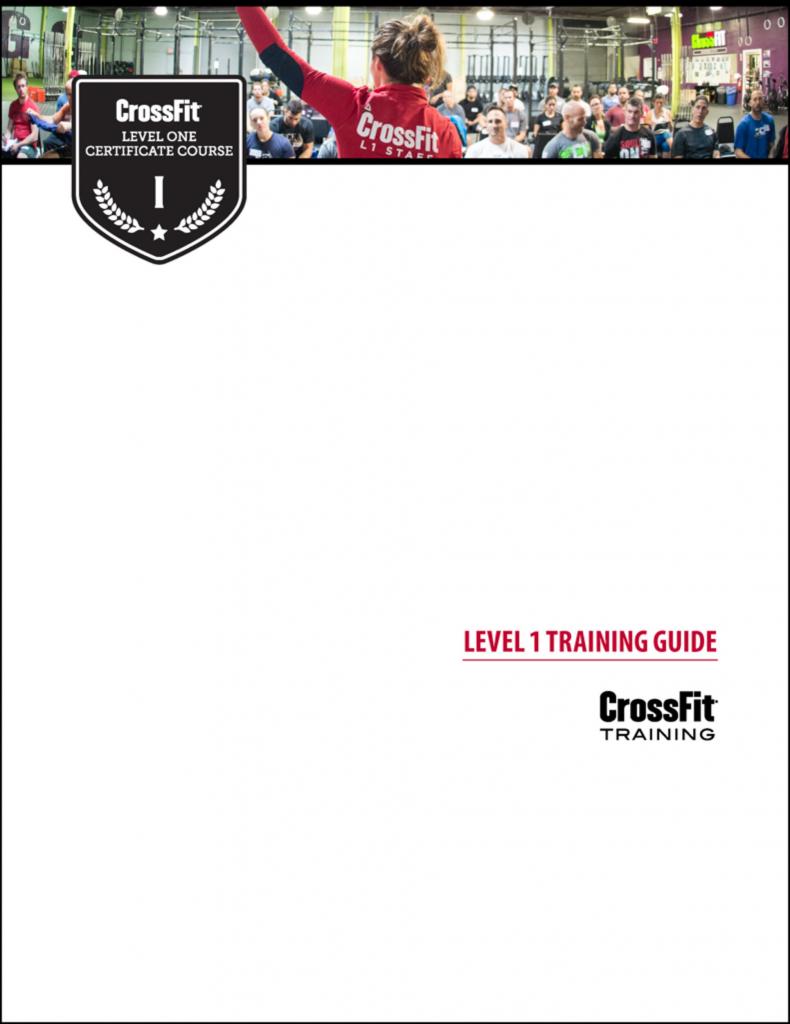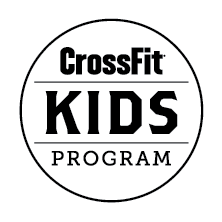
CrossFit is Too Expensive!

From The CrossFit Journal – April 27, 2018
“CrossFit’s too expensive.”
I heard a lot of that after we published the article “How to Come Back to CrossFit.” The complaint also pops up regularly whenever we encourage people to find gyms or trainers if they’re struggling with health and fitness.
I understand. I’m a cheap guy. I budget down to the dollar—personally, at CrossFit 204 and when working on the CrossFit Journal. I also understand the pressures on families or people who have lost their jobs in hard times.
But CrossFit is not too expensive. I can assure you of that.
Here’s why: CrossFit.com posts a free workout every day, with scaling options and all sorts of tips and instructional content. Check it out here. That programming—which is excellent—will always be free.
The “CrossFit Level 1 Training Guide” is also free. The information in this guide was used to create a multi-million-dollar fitness company that now has more than 14,500 affiliates around the world. And we’re giving that info away—in 10 different languages.
Beyond that, we have the Exercises and Demos page, YouTube, Facebook, Instagram and thousands of pieces of free content in the Journal.
We can’t send you your own barbell and bumper plates, but we’ll tell you exactly how to derive all the benefits of the CrossFit program—for free—while you troll online for used equipment, collect heavy rocks or funnel gravel into an old basketball.
Let’s be perfectly clear: CrossFit Inc. Founder Greg Glassman is literally giving away all his secrets so every single person in the world can become fitter and healthier for free. Really let that sink in for a minute.
While giving all this away, Coach Glassman created a healthy company that does large amounts of charitable work, and he created a host of small businesses that allow people to pursue their dreams for just US$3,000 a year.
If you want to join one of these CrossFit affiliates and benefit from expert coaching, great equipment and a wonderful community, you’ll have to pay a fee. That’s just the way the world works. You have to pay a fee when you put gas in your car, go to a football game or join a beer-league sports team.
For those who take issue with membership fees, I’ll break things down for you.
In a recent Zen Planner survey of gyms, it was stated that the average monthly unlimited membership rate at a CrossFit gym ranged from US$135 to $168. Some fees are higher, and some are lower. Let’s use $150 for our discussion.
If you visit a CrossFit gym five times a week or 20 times a month at that rate, you pay $7.50 per visit. That number is already below the average cost of a yoga class, and even though yoga requires far less equipment than CrossFit, it could be considered similar in that an instructor leads a group.
If you train three times a week at about $7.50 per visit, that’s $22 a week. I understand some budgets have no flexibility whatsoever, but most others are full of impulse buys, iTunes purchases, overpriced coffees, evenings out and costly electronics. I’d suggest I can find an extra $20 a week in just about any budget.
Where we run into trouble is when people try to determine value by comparing a traditional gym membership to membership at a CrossFit gym—essentially trying to balance the price of a base-model Honda Civic against that of a self-driving Tesla Model X.
 Gloriously free and wonderfully effective. (Andrea Schneiderman)
Gloriously free and wonderfully effective. (Andrea Schneiderman)
According to Statista.com, 37 percent of respondents in the U.S. paid $21-50 for a monthly gym membership in 2016. We can assume that’s in the traditional machine-filled facility with a desk attendant but no coaches. Yes, a CrossFit membership is more expensive—but so is dental surgery, private guitar lessons and other things that are not in the same category.
Of course, it’s up to CrossFit trainers and affiliate owners to separate their businesses from globo gyms and establish value. They must educate outsiders and please insiders to ensure they can charge monthly rates that are about three times more expensive than a month of unsupervised leg extensions and pec flyes. Some gym owners are better than others at doing this.
Let me pull the curtain back further and break it down for you from the affiliate owner’s perspective—and I’m a gym owner who can assure you these very general numbers represent actual operations in many, many CrossFit gyms. Keep in mind that some businesses spend more on labor and fixed costs as part of a careful plan that reflects local wage and rent rates, while other gym owners overspend due to potentially fatal planning errors.
Of a $150 monthly membership fee, a maximum of about 44 percent—$66—should go to staffing a financially stable gym. Labor is often the largest cost for a service business, and CrossFit gyms don’t have the option of chucking a teenager behind a desk and paying him or her minimum wage to hand out towels.
About 22 percent of the monthly fee is usually used to cover overhead—fixed costs such as rent, electricity, insurance, water and so on. That’s about $33 of the $150 membership. Add it to labor, and you’ve used about $100 of that monthly fee.
About 33 percent of the monthly fee—$50 or so—should be used to pay the owner, buy new equipment, expand the business and so on. We’ll call this the “gross margin” of a CrossFit gym, and I can tell you from experience that hitting 33 percent takes a lot of planning and effort. It doesn’t just happen. The number also drops fast if you lose a few members, give someone a raise or sign a more expensive lease.
 Not free. But also wonderfully effective. (Shaun Cleary/CrossFit Journal)
Not free. But also wonderfully effective. (Shaun Cleary/CrossFit Journal)
Here’s the big picture: If a gym has 100 members who pay $150 a month—with no discounts at all—that’s $15,000 in gross monthly revenue and $180,000 annually. Keep in mind that as the number of members rises, other costs rise, too, so more isn’t always better. A gym with 200 members needs more space, more equipment, more coaches, more toilet paper, etc.
In the scenario with $180,000 gross revenue and a 33 percent gross margin, the gym owner is left with $59,400 to pay him- or herself, pay tax, replace aging equipment, improve the facility, expand or acquire new equipment. That’s not a lot, and you can imagine what happens to that number when someone drops a dumbbell on the remote control for the clock or asks for a 15 percent discount for his wife. Discounts in particular destroy profit margins, devalue the service and push some service businesses toward unprofitability.
Of that $59,400, it’s pretty easy to carve out $20,000—or much more—for taxes, a few sets of bumper plates, a new laptop, some SkiErgs, a few chairs for the lobby and so on. If we use that number and hold another $5,000 in the company for capital expenses that always come up at some point, the owner is left with $34,400. For reference, the median household income from 2012 to 2016 was about $55,000, according to the United States Census Bureau.
Of course, all this financial data can be made better or worse by running a great or poor business. Owners of healthy, thriving gyms can make six figures. Owners of struggling gyms sometimes sleep on the couch in the office and struggle to make payroll. I know people in both categories, as well as people who have moved from one category to the other. The point here isn’t to paint a picture of poverty or opulence. It’s merely to lay out industry-standard general numbers that govern operations in many CrossFit gyms.
Simply put, you can see how the rates CrossFit gyms charge are more than justified in most markets. In some markets, they’re actually far too low. Consider the gym owner who pays $10 a square foot in rent and another who pays $20 a square foot. Also consider what happens when a gym owner cuts into profit margin with discounts and promotions that drag him or her toward dangerous break-even fragility.
It’s up to CrossFit trainers and affiliate owners to justify their rates by providing amazing training in great facilities, but this basic economic exercise should make it clear why rates at CrossFit gyms are what they are. The costs of running a gym are significant, and certain rates are absolutely necessary. It’s not about filling the owner’s bank account. It’s about helping people—but that doesn’t free the gym owner from feeding his or her family, paying the mortgage and putting kids through college.
What should be clear here is that a CrossFit gym with coach-led group classes cannot run on an average monthly rate of $40. Finding success at that rate would require dramatic reductions in labor costs and a focus solely on getting people to sign up. That, of course, is the standard model for traditional fitness facilities. Clients rent access to equipment for about $3 a visit—if they even show up, which most people do not.
 Also not free. But also wonderfully effective. (Jay Knickerbocker/CrossFit Journal)
Also not free. But also wonderfully effective. (Jay Knickerbocker/CrossFit Journal)
So is CrossFit expensive? It’s more expensive than a far inferior product, sure. But many CrossFit gyms are priced correctly in terms of economic realities and product value, and many are actually priced far too low. Owners of those gyms would do well to review their financials if they’re struggling to make rent and payroll. A rickety business isn’t good for owners or clients. A healthy business with properly compensated owners will provide the happiness and stability that allow trainers to produce lots of healthy, happy clients. And let’s remember that owners of profitable businesses then have the freedom and means to do charitable work. Everyone wins.
Finally, try to put a price on long-term health. What would you pay someone who helps you avoid obesity, diabetes, osteoporosis, heart disease and so on? What’s a longer, better life actually worth?
I’d pay at least $7.50 five times a week to visit a great facility in which a professional teaches me and my friends how to remain functional, stay independent and avoid all the diseases that come with inactivity.
In fact, I’d pay a lot more.
I bet most of you would, too.
If economic circumstances just don’t allow that, we understand.
Click here to live a healthy life for free.
About the Author: Mike Warkentin is the managing editor of the CrossFit Journal and the founder of CrossFit 204.
Cover image: Mike Warkentin/CrossFit Journal






